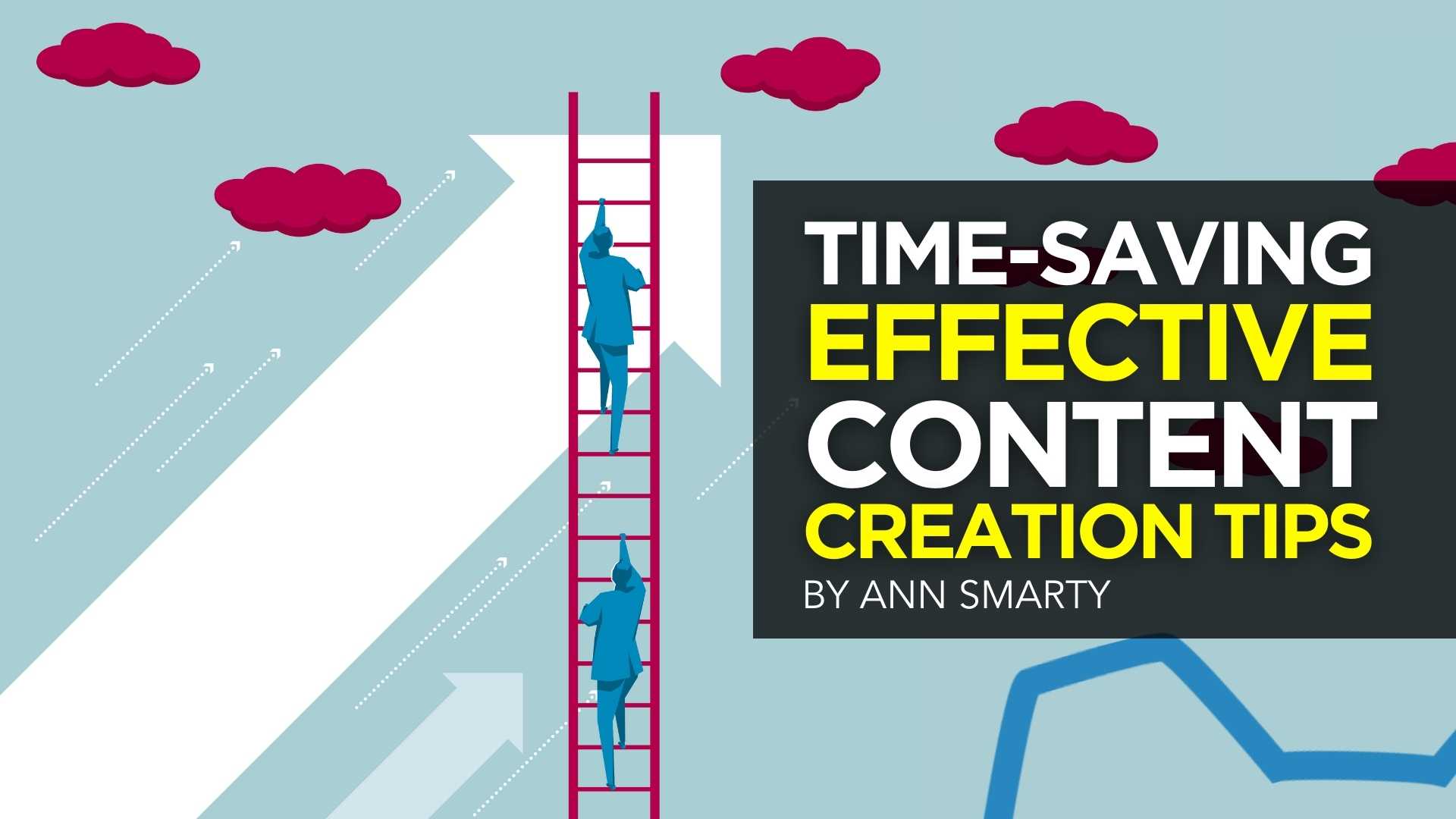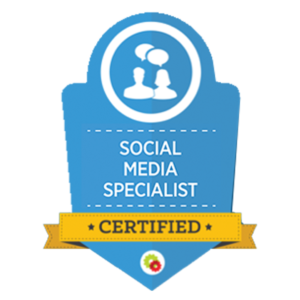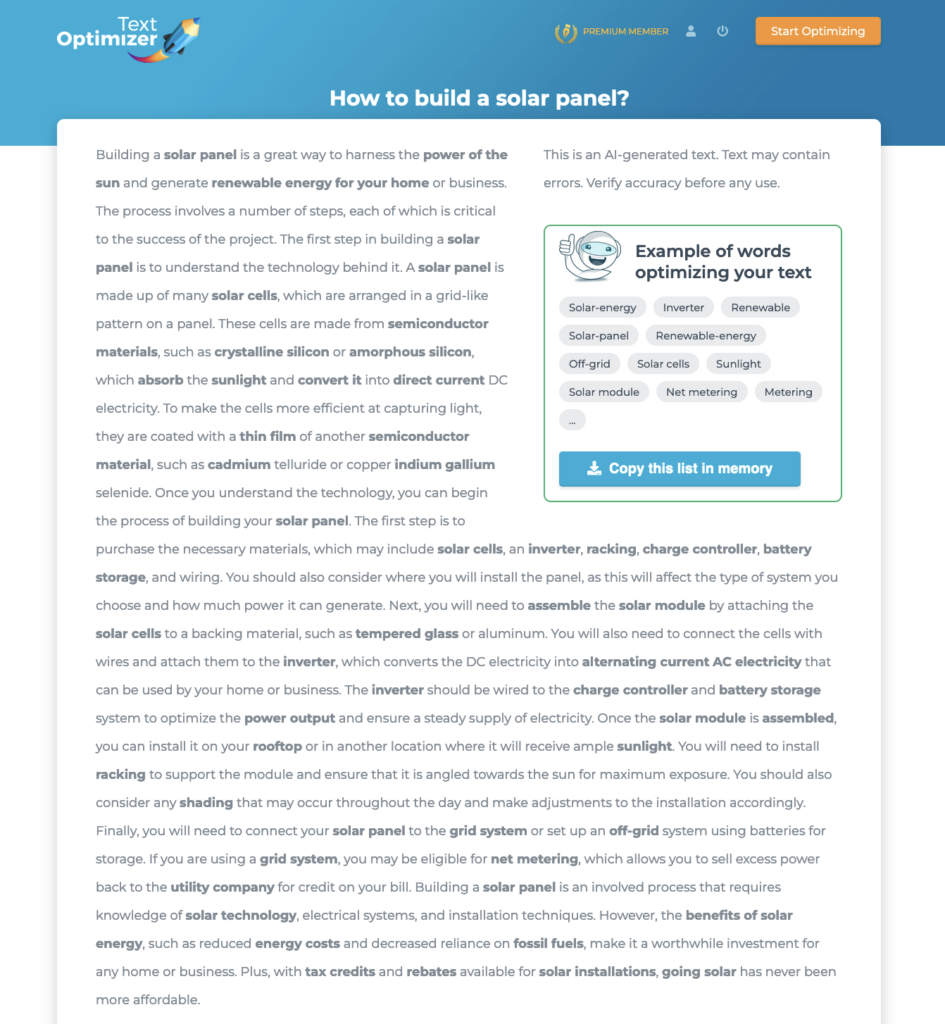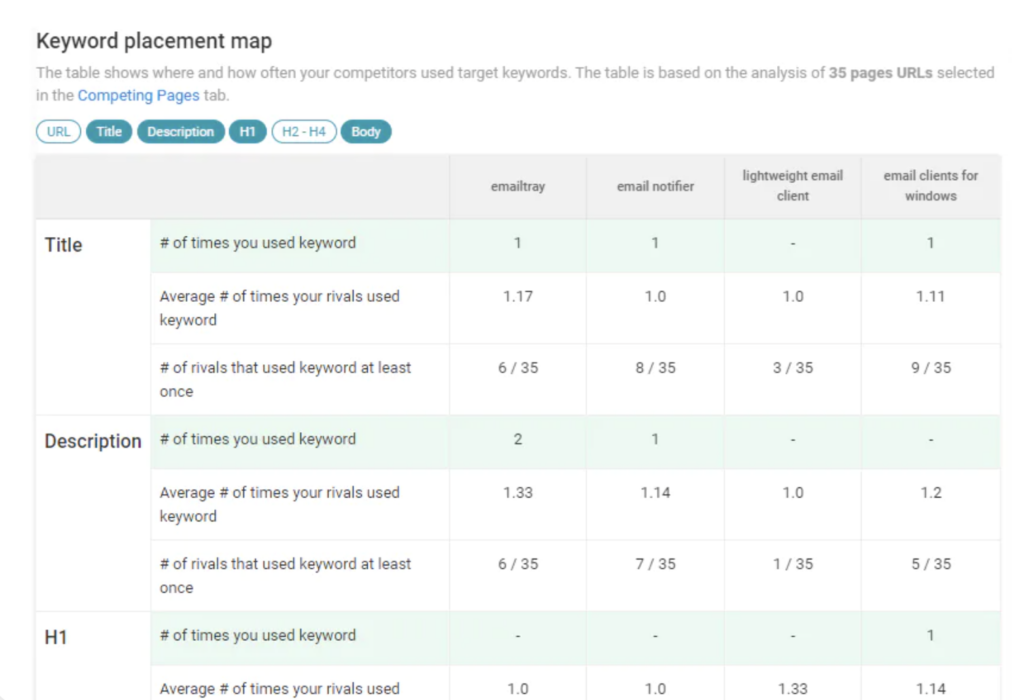MARKETING
Time-Saving Effective Content Creation Tips

Creating niche content is something all brands should do in order to catch their audience at various stages of their buying cycles.
Content diversifies your rankings, builds your brand’s recognizability, and helps create more conversion funnels throughout the site.
But there’s one huge problem with publishing new content on your site: Time.
Few brands can afford writing teams, and relying on freelancers brings in new risks like inconsistency in voice and lower quality.
How to teach your in-house writers to create more content faster and more productively?
Here are a few tips:
Stop Agonizing About Word Count
Somehow “long-form” content became the best content creation tactic at some point. Just about any content strategy started evolving around “the more words the better”, and writers became stressed with producing 4000-word articles.
This slows down the process a lot.

Are You Ready to Master Social Media?
Become a Certified Social Media Specialist and learn the newest strategies (by social platform) to draw organic traffic to your social media sites.
Don’t get me wrong, some content topics do require lots of words to cover. But these are very few topics.
When you need to address a popular question on your site, get to the point quickly. If you think about it, people looking for answers online, don’t need your long intros and definitions. They need an answer.
Stop demanding long-form articles from your team. All you need is to ensure your content serves the user right. Encourage your team to search for every search query they are tasked to target, and read a few high-ranking articles. Chances are, those articles will be very well-focused to provide value right away.
Word count is not one of SEO priorities, as confirmed by Google. How well your content addresses the readers’ needs is.
Make Good Use of Artificial Intelligence
I don’t recommend using ChatGPT (or similar AI-driven tools) to write content for you. While the AI-generated content may sound fine and even be useful, it lacks voice and expertise. It is also detectable.
And yet, AI tools can greatly improve the productivity of your writing team if they:
- Prompt a tool to create an outline for your future article
- Ask it to create takeaways for your written articles
- Prompt it to suggest popular questions to cover
- Ask it to write an introduction or a summary to your article
- Prompt it to suggest related keywords or concepts to cover,
- Ask it to proofread your article and suggest improvements,
- Prompt the tool to optimize your content for search engines,
- Ask it to compare your article to high-ranking competitors,
- Prompt it to suggest related Q&A, etc.
There are also lots of interesting integrations for ChatGPT that will be helpful for writers. For example, Text Optimizer generates semantically-optimized answer to any question you type:


Steal Your Competitors’ Ideas
Looking at what your competitors are doing is a great way to understand what’s working. Like I suggested earlier, make sure you or your team actually searches for your target keywords and read some of the content that’s ranking on top of Google.
This will give you an idea of what your content should look like and how to make more productive and focused decisions when writing yours. WebCEO allows you to analyze your competitors’ content and creates a detailed keyword map informing you where your article is probably missing. This makes your team’s job much as easier as they write and optimize their articles:


Based on your blogging platform, there may be more ways to ensure your content is as well optimized as your competitors’.
Share A Commentary
Don’t believe the myth that you can’t cite articles published elsewhere. Nothing can be further from the truth. Just keep in mind that if you reference an article, you need to accompany it with your own opinion or commentary.
Example: Forbes writes an interesting article related to the uptick in millennials in your industry. You copy and paste a large statistical finding and explanation from the article into a blog post.
This content takes up the majority of space you would normally fill yourself. Essential to the success of the article, however, is that you then write your opinion regarding the information that you referenced. Tell us why you think the article is correct, incorrect, or perhaps reference your own statistic as a comparison.
Create Seasonal Content
The yearly calendar provides ample opportunities for seasonal content creation inspiration. Between the numerous holidays, people celebrate and the seasons themselves, you can easily increase sales using creative content marketing.



Are You Ready to Master Social Media?
Become a Certified Social Media Specialist and learn the newest strategies (by social platform) to draw organic traffic to your social media sites.
For example:
- Focus content on the holiday spirit
- Tie holidays back to your products, services, or markets
- Cover local holiday events
Try putting together pieces focused on these calendar-related areas:
The change of seasons – Winter, Spring, Summer, Fall
Popular Holidays
- New Year’s Day (January 1)
- Valentine’s Day (February 14)
- Daylight Savings Time Starts (March 13)
- April Fool’s Day (April 1)
- Mother’s Day (Second Sunday in May)
- Father’s Day (Second to last Sunday in June)
- American Independence Day (July 4)
- Women’s Equality Day (August 26)
- Labor Day (First Monday in September)
- Halloween (October 31)
- Thanksgiving (Last Thursday in November)
- Winter holiday round-up (Last week in November)
Wacky Holidays
- Trivia Day (January 4)
- Send a Card to a Friend Day (February 7)
- Old Stuff Day (March 2)
- International Moment of Laughter Day (April 14)
- National Chicken Dance Day (May 14)
- World Environment Day (June 5)
- Embrace Your Geekiness Day (July 13)
- International Left-handers Day (August 13)
- National Good Neighbor Day (September 28)
- World Vegetarian Day (October 1)
- World Kindness Day (November 13)
- National Cookie Day (December 4)
The following year, make sure to look back at your past seasonal content and update it for the next upcoming season. It’s not about always creating new content, it is also surfacing your old content. This saves lots of time!
To make this tactic even more productive, use one of the WordPress calendars to easier plan your seasonal content. Some of the WordPress alternatives have editorial calendars built-in.
Content creation requires a lot of time and effort but the more you experiment with topics, the faster you produce successful content. This skill won’t come quickly. Steal the above ideas to create content quicker!


![How AEO Will Impact Your Business's Google Visibility in 2026 Why Your Small Business’s Google Visibility in 2026 Depends on AEO [Webinar]](https://articles.entireweb.com/wp-content/uploads/2026/01/How-AEO-Will-Impact-Your-Businesss-Google-Visibility-in-2026-400x240.png)
![How AEO Will Impact Your Business's Google Visibility in 2026 Why Your Small Business’s Google Visibility in 2026 Depends on AEO [Webinar]](https://articles.entireweb.com/wp-content/uploads/2026/01/How-AEO-Will-Impact-Your-Businesss-Google-Visibility-in-2026-80x80.png)















